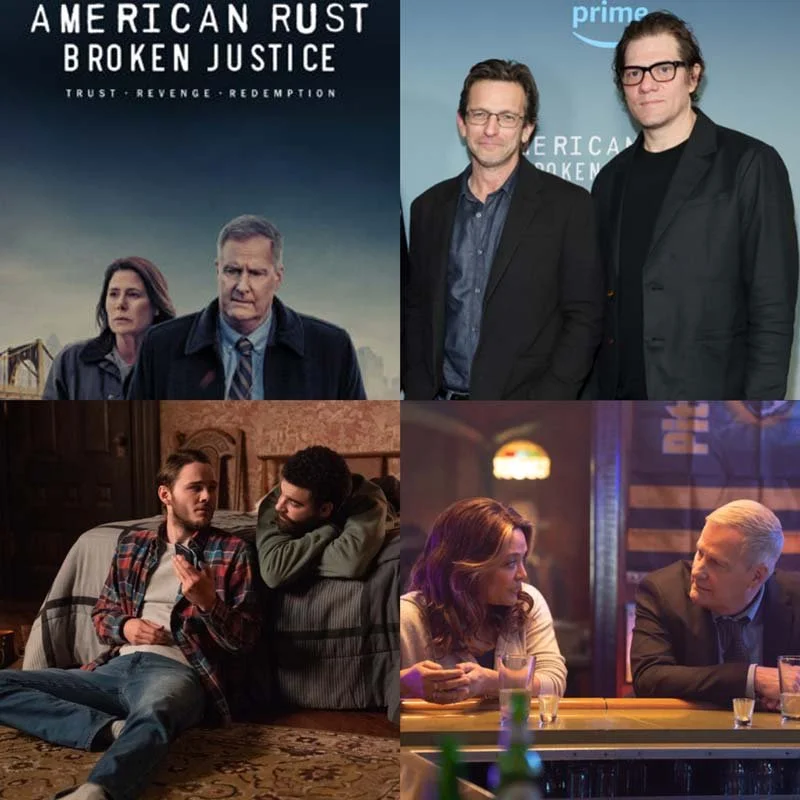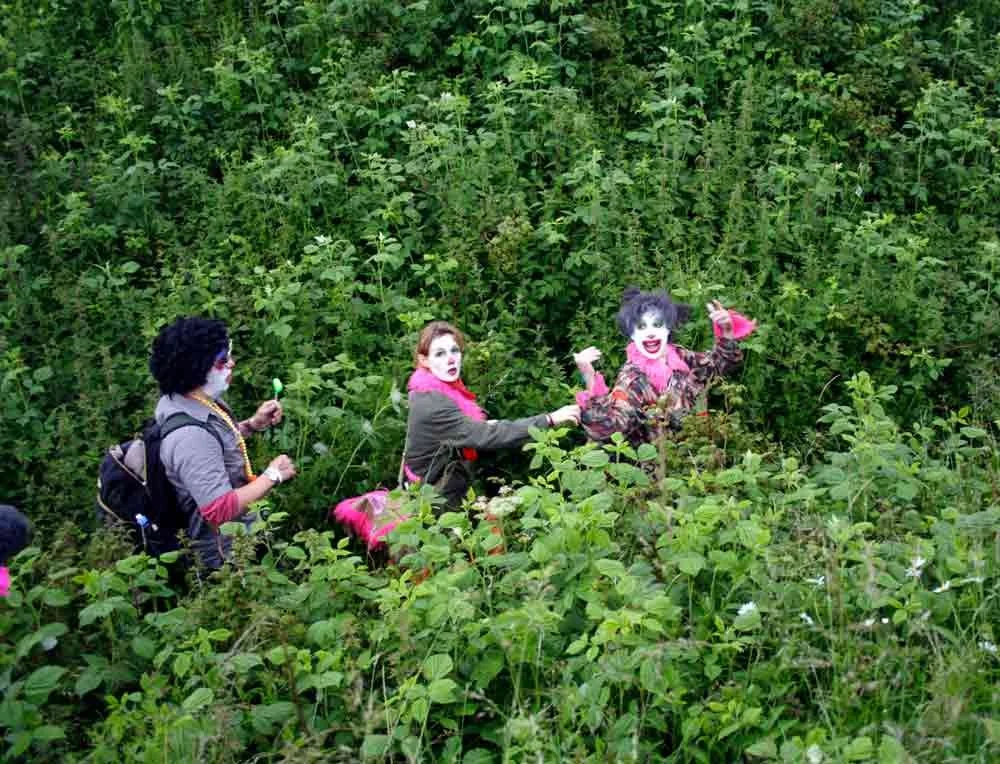George Saunders is the author of nine books, including Lincoln in the Bardo and Tenth of December, which was a finalist for the National Book Award, and won the inaugural Folio Prize in 2013 (for the best work of fiction in English) and the Story Prize (best short story collection). He has received MacArthur and Guggenheim Fellowships, the PEN/Malamud Prize for excellence in the short story, and was recently elected to the American Academy of Arts and Sciences. In support of his work, he has appeared on The Colbert Report, Late Night with David Letterman, All Things Considered, and The Diane Rehm Show. In 2013, he was named one of the world’s 100 most influential people by Time magazine. He has taught in the Creative Writing Program at Syracuse University since 1996.
This is an abridgement of a 7,000 word interview. The full interview will be published across a network of university and national literary magazines in the coming months.
THE CREATIVE PROCESS
If I were to fall asleep and wake up in one of your books, what would be some of the first signs that I was in a George Saunders story?
GEORGE SAUNDERS
Well, I'm not sure. What I mean by that is, that I am so involved on this side of it – the writing side – that I'm not entirely sure what the experience is for the reader. My intention is to make it a wild and meaningful ride for the reader, one she can't back out of or disengage from. To do that, I find I have to be very responsible about the internal logic. This is especially important in stories that are as strange as mine. The logic has to be impeccable so that the reader doesn't find an excuse to say, "Ugh, weird; it doesn't pertain to me."
I want the strangeness to be meaningful and essential: not just decorative or freaky. The strangeness in the story has got to have something to do with some genuine and perhaps hidden strangeness in reality.
I think many of my stories work on this principle: everything is just as it is in our world (they physicality, the psychology, etc) except for one distorted thing. The effect, I hope, is to make the reader (and me) see our "real" world in a slightly new light. Kind of like if you woke up in a word where, every few minutes, peoples' heads popped off. But otherwise everything else was normal. What would that story be "about?" Well, it might be about, for example, our reaction to illness, or to trouble, or about coping mechanisms. And it would be about those things because, other than the heads popping off, people behaved just as they do in this world. A little like a science experiment where all of the variables are held constant except one. We are trying to look into the question of what a human being really is, and a story can be an experiment in which we say, "OK, let's destabilize the world in which this creature lives and then, by its reaction to the disturbance, see what we can conclude about the core mechanism."
THE CREATIVE PROCESS
It sounds like a scary and weirdly interesting place. How did you first find your way there?
SAUNDERS
For me, the way in is always paying attention to the phrase-by-phrase progress of the story – the prose style and velocity and so on. And the intention is always to keep the reader on the line – make the story so interesting and relevant that she can't stop reading. Everything else we talk about with respect to prose (character, theme, politics) is only achievable if you keep the reader in the world. So the trick is: make prose that compels. And strangely, trying to do that leads to all sorts of other requirements, like logical rigor, truthfulness of view, a compassionate narrative outlook. Somehow, working toward these things has the effect of making the prose more compelling. Which I guess makes sense – prose that is honoring these things is also honoring the reader, saying, in effect, "I know you are interested in being spoken to by someone who respects you and believes that you are just as smart and engaged and experienced as the writer." Who wouldn't like that sort of friend?
THE CREATIVE PROCESS
If somebody were to break into your study, open the bottom drawer of your desk, and read all the things that you've rejected and have been hiding from the public eye for years, what would they find?
SAUNDERS
They'd find that I have seven huge Doberman Pinschers guarding my study, and that there are vipers in the Drawer of Rejects.
No, ha ha. The things of mine that get rejected, I usually rework until they don't get rejected. If I do discard something, it's usually because there was something about the initial conception that was too over-determined for it to be redeemed; the politics were too on its sleeve or its humor too reductive. I've also discarded some things that were too earnest and "classic." But my working assumption is that if something isn't working, turning your mind to the question of why it's not working (and really allowing whatever answer you come up with) will help you bump the story up to some higher ground it's been trying to attain all along. It's like if you were at dinner with a friend and something felt off. If you ignored it, and said, "Well, so much for this friendship" – that would be a waste, and a failure. Whereas if you just said, “Hey, feels like something is off here – do you feel that too?" – then something is going to happen. And whatever happens (even if it's not entirely comfortable) is going to be more intense and energetic than what was happening previously. So, same in a story. If it stinks, I try to turn my mind as openly as I can to the question, "Hey story: why do you stink?" And sometimes that prompt can even be dropped directly into the story itself, in some form.
THE CREATIVE PROCESS
It’s true. Sometimes the hardest thing to get from somebody is the truth. Few of us have the courage to come right out and say “something’s off.” We tend to dress up things, sugarcoat.
SAUNDERS
Right – and in terms of stories, that tendency works against us. The sooner we can discern and respect the actual energy of the story, the easier it is to exploit that energy – to really use it.
THE CREATIVE PROCESS
It’s interesting the way your stories come at the truth from this other angle: a polar bear who goes around all day with an axe in his head; escapees of Eastern European pogroms settle in a Chicago which is gentler, but only slightly, from the place they escaped; a son who lives with his parents who are dead but don’t know it. It’s like all your stories are that good friend reminding us––You are this, but you don’t know it.
SAUNDERS
I have this notion that the story exists, perfectly told, somewhere in the subconscious. But as we try to tell it, we sort of drop and break it – it comes out to us in fragments. What we’re doing in revision is trying to find that original story. And the way to do that is to listen very carefully to the story, as it tries to communicate with you via its internal energy. The advantage of this approach, I guess, is that you don’t really know what you are trying to say when you start out, and ideally you’re never quite sure – what you’re saying hopefully can’t be reduced. So that requires a little bit of faith.
Find us on Apple Podcasts, Spotify, Google Podcasts, Podcast Addict, Pocket Casts, Breaker, Castbox, TuneIn, Overcast, RadioPublic, Podtail, and Listen Notes, among others.
Mia Funk is an artist, interviewer and founder of The Creative Process.



















































